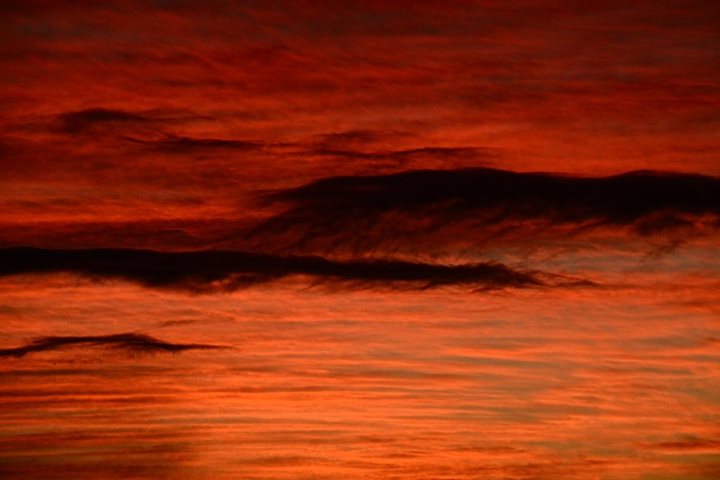Beautifully calm waters greeted the travelers aboard the National Geographic Sea Bird on the morning of January 9th. Out each window a plethora of marine life met each set of eyes that ventured a sight; we were at Cabo Pulmo. Cabo Pulmo is a National Marine Reserve and a UNESCO World Heritage site. This title is given only to locations with universal value from the point of view of science or conservation, and also must harbor extreme beauty. This area of sea has been well protected since 1995, a fact exemplified by intense biological diversity.
With excitement and energy the many Mexican fishing boats (pangas) ready to meet the guests rallied off the ship’s fantail, awaiting their new passengers. As each panga quickly accepted its new passengers they jetted off to different locations for a morning full of anticipatory snorkeling. Incredible marine life was seen, including large aggregations of bigeye jack and massive groups of silversides.
Once a satiated group of explorers re-embarked onto the vessel, the National Geographic Sea Bird took off in search of cetaceans. Throughout the afternoon many humpback whales were spotted, and many individuals came quite near to the ship. The naturalists lowered the hydrophone, which allows the guests of the ship to hear the melodic tones of the whale song.
The day appropriately reached its finale at Land’s End, the southernmost point of the Baja California peninsula. With a scattering of clouds and phenomenal sunset, the Sea of Cortez bid the travelers on the National Geographic Sea Bird a final adieu.







